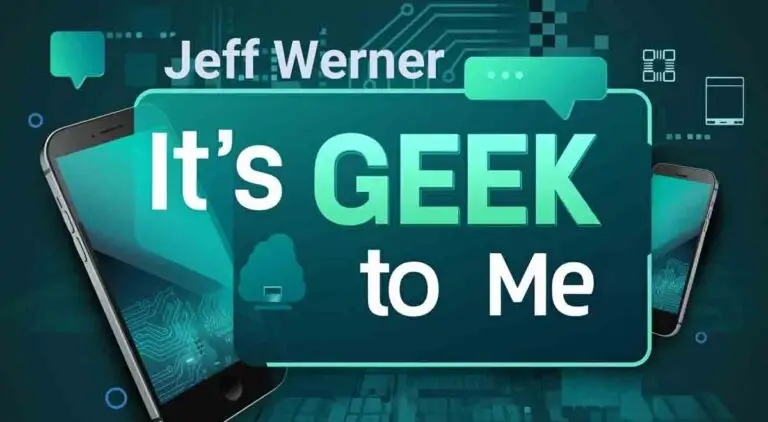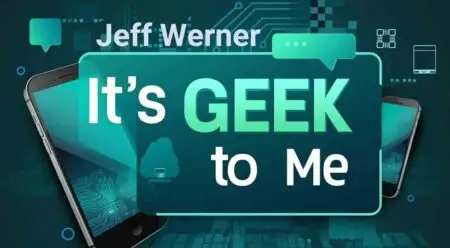NICEVILLE, Fla. — This week’s It’s Geek to Me column by Jeff Werner takes a question from a Bluewater Bay reader about the differences between SMS and iMessage, including when each should be used.
QUESTION: What is the difference between SMS and iMessage? Are there certain circumstances when it is better to use one instead of the other?
– John W., Bluewater Bay, Florida
ANSWER: Thanks for writing in, John. Before I get to answering your question, there is a little matter of context and terminology that I feel a burning need to dispense with.
First of all, the mere fact that you’re even asking the question tells me that you are an iPhone user. The reason why will become more apparent momentarily.
Second is the issue of terminology. Readers, in case you’re not fully familiar with the acronym, when John says “SMS” he means “Short Message Service,” which is the actual formal name for traditional text messaging.
iMessage is Apple’s own proprietary messaging system. On an Apple device, it is the preferred method of sending text-based messages. It will fall back to SMS in cases where the recipient is not an Apple device, or it is having some difficulty in sending via iMessage.
Other devices generally use SMS by default. You can tell whether an iPhone is sending SMS or iMessage by the color of the text bubbles. SMS are displayed in green, where iMessages are displayed in blue.
I suppose aside from the proprietary nature of iMessages, the most important distinction between the two is that iMessage uses data or Wi-Fi to send messages, while SMS messages are sent over the cellular network, and do not require a data plan or Wi-Fi.
There are other advantages and disadvantages to each. With iMessage, your device must have an active internet connection to send messages. Along with this comes many special features, such as text formatting, visual effects, end-to-end encryption, and more.
SMS messages were never designed for that. They travel over the same network as your telephone calls, and while it is possible to send pictures or video media (which are actually MMS messages, not SMS messages) there are limitations on what you can do.
Plus, there is zero encryption of the transmitted data, leaving whatever personally identifiable information you might choose to send vulnerable to interception.
So, when should you use one over the other? Well, for this Geek’s money, you should always choose the option that provides you with the most protection.
In this case, assuming you’re an iPhone user, that would be iMessage, again, assuming the recipient is also an iPhone user.
It’s a sad fact of our digital life that many iPhone users find themselves stymied when a conversation with a fellow Apple user suddenly switches from blue bubbles to green. Without the information I provided above, you wouldn’t know what happened.
After reading this you now know that the cause is one of two things: lack of Internet connectivity, or your friend has gone rogue and bought a non-Apple phone.
Another cause of losing iMessage connectivity has led to a whole social phenomenon called “green bubble shaming”. If a group chat includes even a single Android user, the entire conversation must take place via SMS, resulting in all green bubbles.
This is roundly considered the lowest common denominator of messaging: the antiquated SMS protocol. In reality, it is Apple’s way of maintaining control, and promoting its proprietary system.
The sad result is a conversation that loses all the cool iMessage features. No more Tapbacks, high-res photos, and of course, no encryption.
What’s to be done if Apple and Android won’t talk the same language? The answer is to go 3rd-party.
There are messaging and social media apps that are platform agnostic. That’s a fancy $5 Geek phrase that means they don’t care what kind of device they are running on, and they work just fine with devices on the distant end, no matter what brand they are.
The only downsides are that such apps force you to use data instead of your cellular plan, and there must be agreement among all participating chatters as to which app you are going to use.
That may just be the biggest challenge of all.
To view additional content, comment on articles, or submit a question, visit my website at ItsGeekToMe.co (not .com!)
Jeff Werner, a software engineer based in Niceville, Florida, has been writing his popular “It’s Geek to Me” tech column since 2007. He shares his expertise to help readers solve everyday tech challenges.









